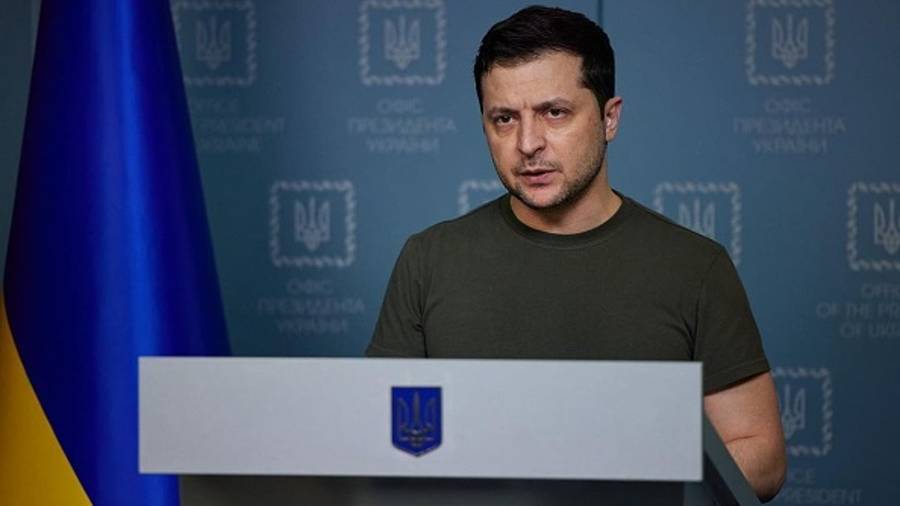President Volodymyr Zelensky and others have called for Nato to impose a no-fly zone over Ukraine to counter the threat from Russian military aircraft. For now, Nato leaders have said they aren’t willing, fearful such a move could drag them into a broader war with Russia.
A no-fly zone is an order to ban aircraft in a specified area. Such zones are sometimes imposed over government buildings or public places for security reasons, or over sacred sites for religious and cultural reasons. Their most contentious use is when they are used during conflicts to prevent military aircraft from engaging in hostile actions.
The modern use of no-fly zones stems from the Persian Gulf war. After the US and its allies repelled Iraq’s invasion of Kuwait in 1991, the leader of Iraq, Saddam Hussein, used helicopter gunships to quash uprisings at home, killing tens of thousands.
The coalition allied against Saddam over Kuwait was unwilling to carry out a full-scale campaign against him. Instead, the US, Britain and France imposed no-fly zones over the north and south of Iraq as a limited step to protect against aerial attacks by his forces.
Those no-fly zones continued until the 2003 war in Iraq. Critics said the effort lacked legal authorisation, and American attacks on Iraqi air defense infrastructure also killed civilians.
No-fly zones have been imposed elsewhere. Nato, with the approval of the UN, enforced them over Bosnia and Herzegovina from 1993 to 1995 during the Balkans conflict. The alliance did so again in 2011 in Libya, when the dictator Col. Muammar Gaddafi was trying to crush a rebellion.
No-fly zones can allow countries to take action without committing large numbers of ground troops, relying instead on a comparatively small number of aircraft and supporting infrastructure. But enforcing such restrictions can also involve a significant use of force, including destroying anti-air defences or shooting down aircraft.
President Vladimir V. Putin of Russia has warned that any nation that tried to impose a no-fly zone over Ukraine would in effect be “participating in the armed conflict”, raising the threat of Russian retaliation. Nato’s secretary-general, Jens Stoltenberg, said on Friday that its members had rejected a no-fly zone out of fears it could lead to “a full-fledged war in Europe”.
Zelensky, Ukraine’s leader, has said that Nato’s refusal to take such a step has given Russia a “green light” to continue the war.
(New York Times News Service)











